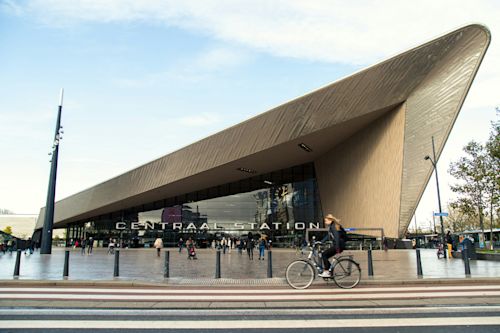
dormakaba Editorial Team

Kai Oberste-Ufer
Kai is a civil engineer with a strong focus on IT and holds the position of Senior Manager of Digital Planning at dormakaba digital. Through his work, he seeks to answer the question: "How do we plan, build, and operate buildings in the future, and how can we best support this process digitally?"
Related articles

Technology
Will Deepfake Threats Compromise Cybersecurity in 2025?

Architecture
Traveling Through Architecture: The World’s Most Fascinating Train Stations

Architecture
Hotelification, a Raging Trend in Workspace Design
Among the most innovative trends shaping office design is the concept of hotelification. It is revolutionizing how we conceive the workplace.